
The best breweries seem to be inspired by love, not lucre. Nevertheless, it's still a business. A very fascinating business, it turns out.
You may have seen the op-ed in the New York Times offering handy advice to reverse the declines in the craft beer segment of the beer industry. It produced a chuckle among those who actually understand this industry, and here’s why.
The tariffs are on; the tariffs are off. The tariffs are—it’s exhausting. Last night a federal court ruled they’re off again. But beer fans take note, not all of them, including two biggies.
The Brewers Association has their official end-of-2024 report out, and along with it their list of the largest US breweries. One thing you can’t help but notice: it’s a lot easier to survive as a larger brewery with a little help from your friends.
Remember that brown-label, gray-market “Corona Mega” I discovered at a Mexican restaurant in Tillamook, Oregon a year ago? Lawyers have gotten involved. (Plus a brief, unrelated comment on the tariffs.)
A couple weeks ago, we learned that Portland’s Breakside would be buying a winery and opening two new taprooms, increasing their growing empire to eight locations. But it was their new membership, the Breakside Collective, that caught my eye.
How well is alcohol doing? Well, not great, but you knew that. Two new reports take a granular look at the nature of that “not great” and reveal some interesting findings.
Let’s say the cost of aluminum cans rises to the equivalent of five cents a pint. Does the brewer simply raise prices five cents a pint and pass this cost along? Brewer and onetime economist Van Havig has the answer.
On Saturday, President Trump authorized 25% tariffs on our neighbors and close allies Mexico and Canada. This was just one move in a hurricane of activity that has destabilized the US economy and federal government.
Molson Coors recently purchased a small Chicago brewpub called Cruz Blanca. This is a little counter-intuitive, since they have been getting out of the craft beer market. But to understand the move, look at a (domestic) Spanish lager killing it in Britain.
Yesterday, Fintech and the National Beer Wholesalers Association presented numbers of beer’s sales performance for 2024 to date, and things were actually not terrible. Here is an overview, along with the key findings.
Two recent news items point to a phenomenon that will reshape the beer industry over the next decade. Call it the reset, when the perceived value of breweries comes in line with their actual sales.
Tilray may not be the cuddly, half-baked owner 10 Barrel thought it was getting when the cannabis firm took ownership from Anheuser-Busch last year. Today we learned Tilray had fired 10 Barrel's entire, award-winning innovation brewing team.
Douglas Lager got a soft launch last fall, but an unexpected shortage of draft Rainier in Seattle offered a rare opportunity to expand this spring. I check in with this new project to create a domestic lager in the long lineage of the Northwest’s old breweries.
On Tuesday, Michael Kiser issued an unexpected announcement about the site he founded fifteen years ago: Good Beer Hunting was ending its run. The next day, the Brewers Association announced that Bob Pease was stepping down as CEO after ten years in the job. Some thoughts about these big transitions.
How many tanks are sitting empty in the brewing industry? Excess capacity is one way to assess the health of a market, and looking at figures from the Brewers Association, things don’t look good.
Chobani owner Hamdi Ulukaya has purchased Anchor Brewing, including the building, brewhouse, and brand. Who is Ulukaya and why did he buy the brewery?
Each April, the Brewers Association releases an important package of data, headlined by a list of largest US breweries. This year’s numbers were a mixed bag, and revealed a lot about the state of the industry.
We can all agree on what a beer currently costs. In Portland, a pint will set you back $7. Before Covid it was $6, and not long before that five. So is $7 expensive? It depends
Last week, London’s Meantime Brewery was in the news. Its fortunes are bound up with Fuller’s and Dark Star—by coincidence three breweries I toured 13 years ago. Show did they get here?
Our friends at AB InBev have offered us a new beer promising a “fathomless palate squeeze.” Wait, what? And Juice Dust? That does not sound appetizing. What is going on here?
In which I look at the national beer market and make some interesting discoveries.
About a year ago, Rogue launched its Dead Guy brand family of new beers. That wasn’t a superficial lunge at a popular strategy, however, but rather the first step on a multi-year plan for reinvention.
I was recently served a bottle of Corona at a Mexican restaurant. Instead of the familiar blue-and-white label, this giant bottle had a brown one. It was a great beer, and I’ve been trying to figure out what it was ever since.
We can’t help looking back at the end of a year, and 2023 was definitely a challenging one for beer. But there was a lot of latent good news if you know where to look—along with a return to the untroubled fun beer offered before the pandemic.
There aren’t too many bright spots in the beer industry right now, but I discovered two projects in Chicago that have the capacity to expand the market for craft beer. They involve unusual business models and entrepreneurs targeting communities who haven’t yet discovered good, locally-brewed beer.
About six weeks ago, Guinness launched their second brewery/pub, this time in Chicago. This continues a pub- and pint-first approach that other large breweries haven’t adopted. More than that, it acts as a lens on the larger beer world, and how much things have changed since they launched their first American brewery.
After twelve years, Reverend Nat’s Hard Cider is ending its run. But founder Nat West isn’t sad about it and he doesn’t want his fans to be, either. Here’s the story, and the legacy the cidery leaves behind.
Who had “ABI will sell off seven craft properties plus its weird, lame Shock Top brand to a weed company for $85 million” on their bingo card for this fine Monday? It’s pretty big news around these parts, because two of the brands are big in Oregon.
An interesting data point from a company that tracks on-premise alcohol sales. In the months since the Bud Light fiasco, an unexpected beneficiary has entered the frame.
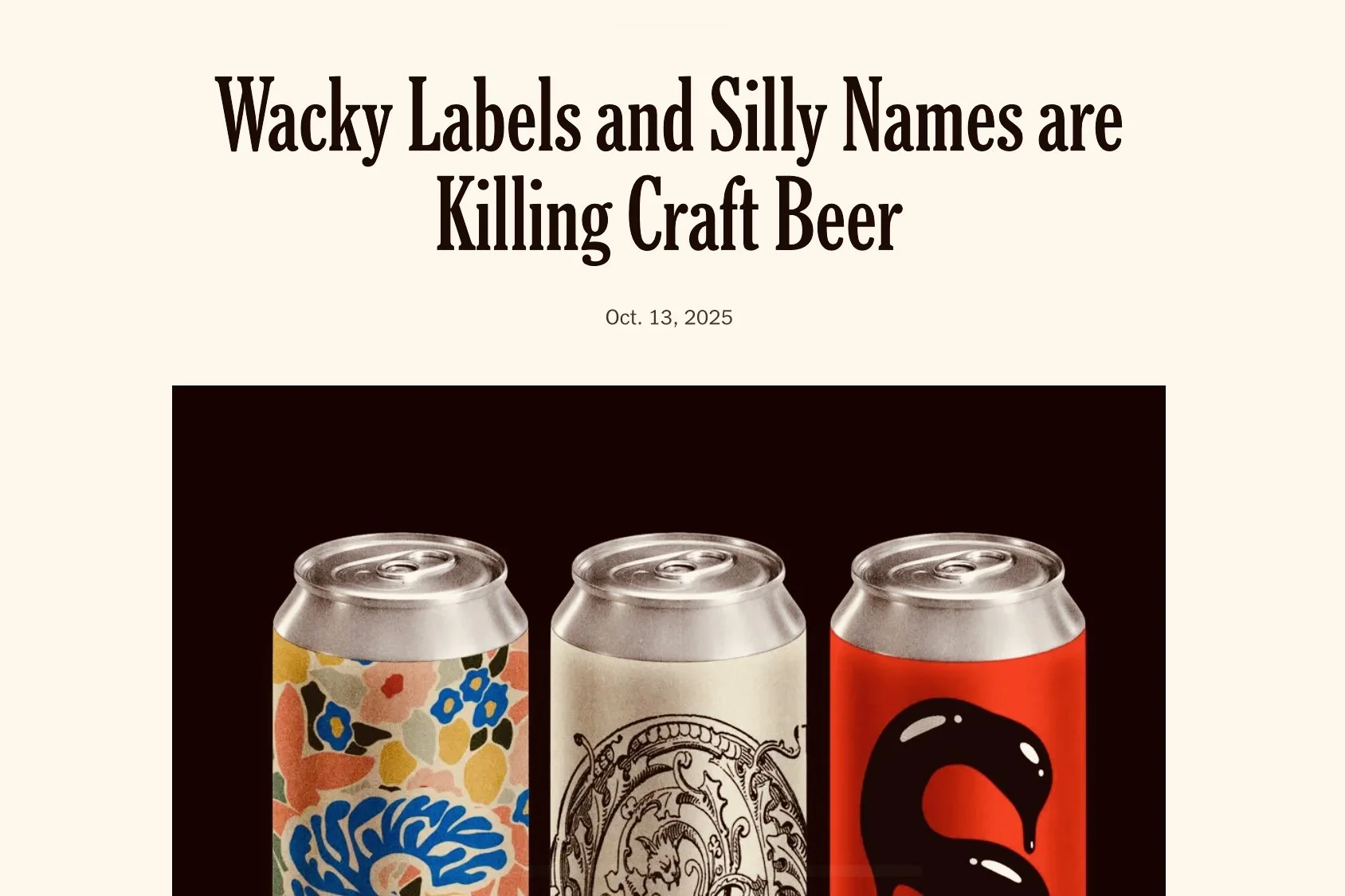





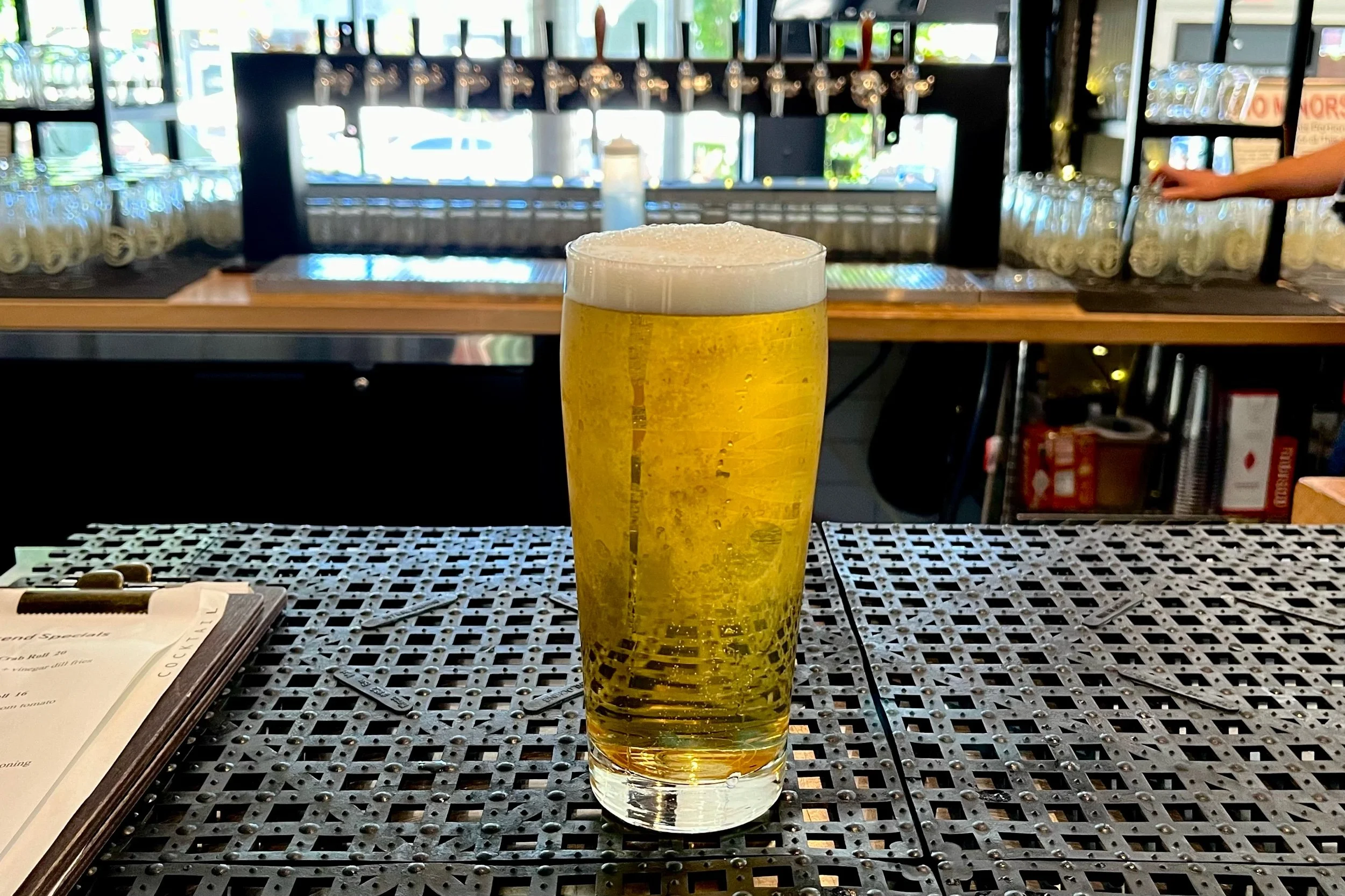

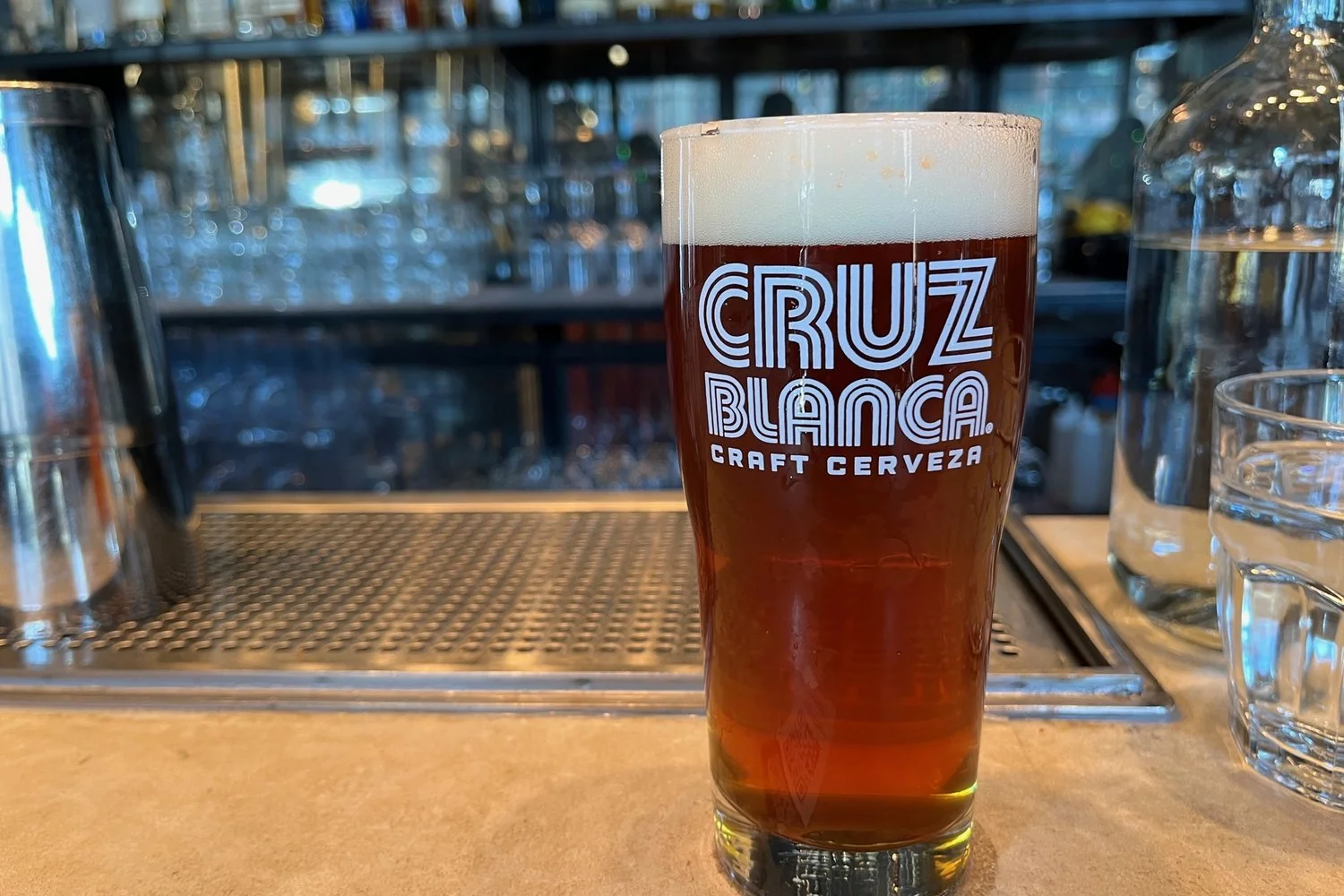

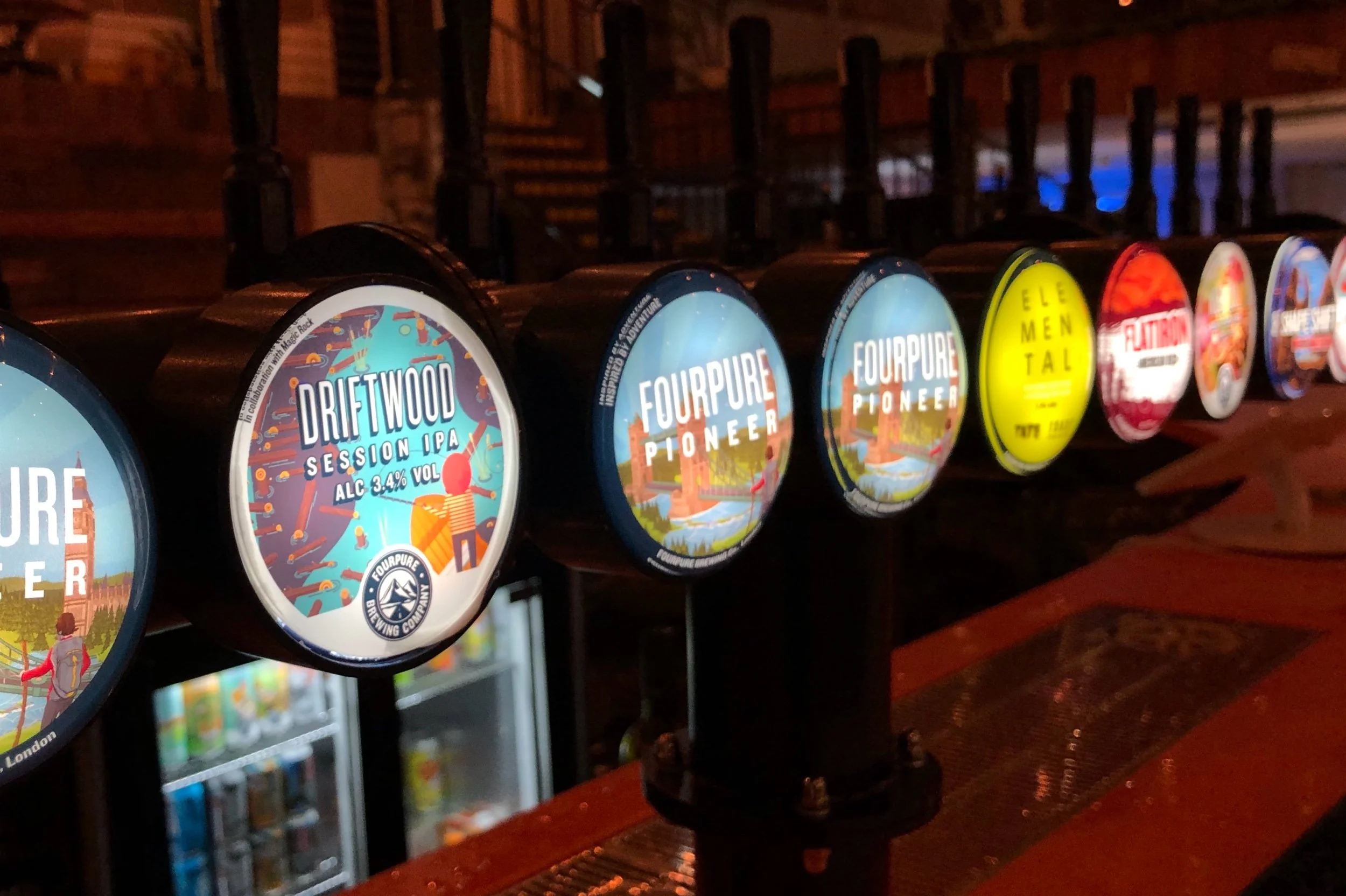




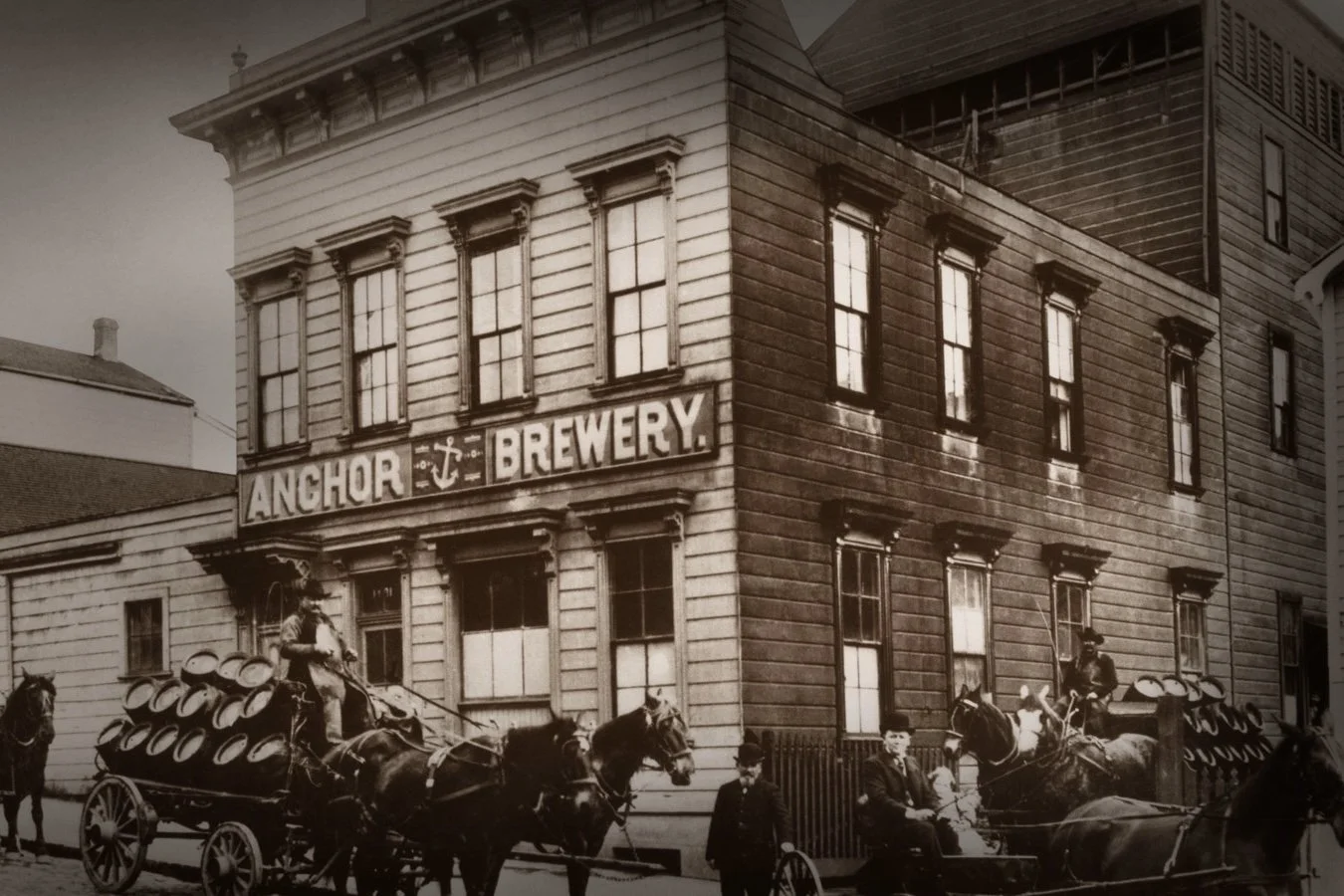
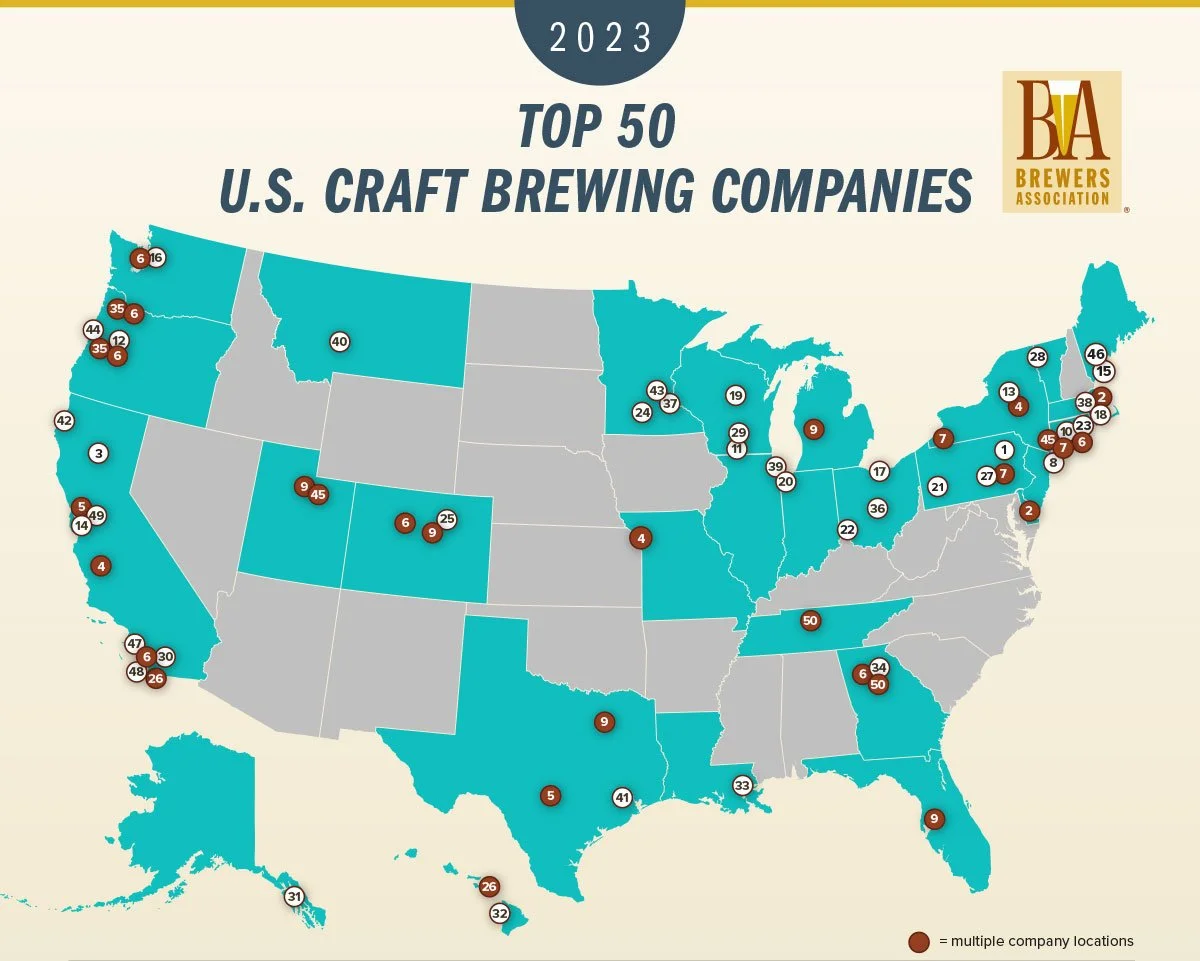










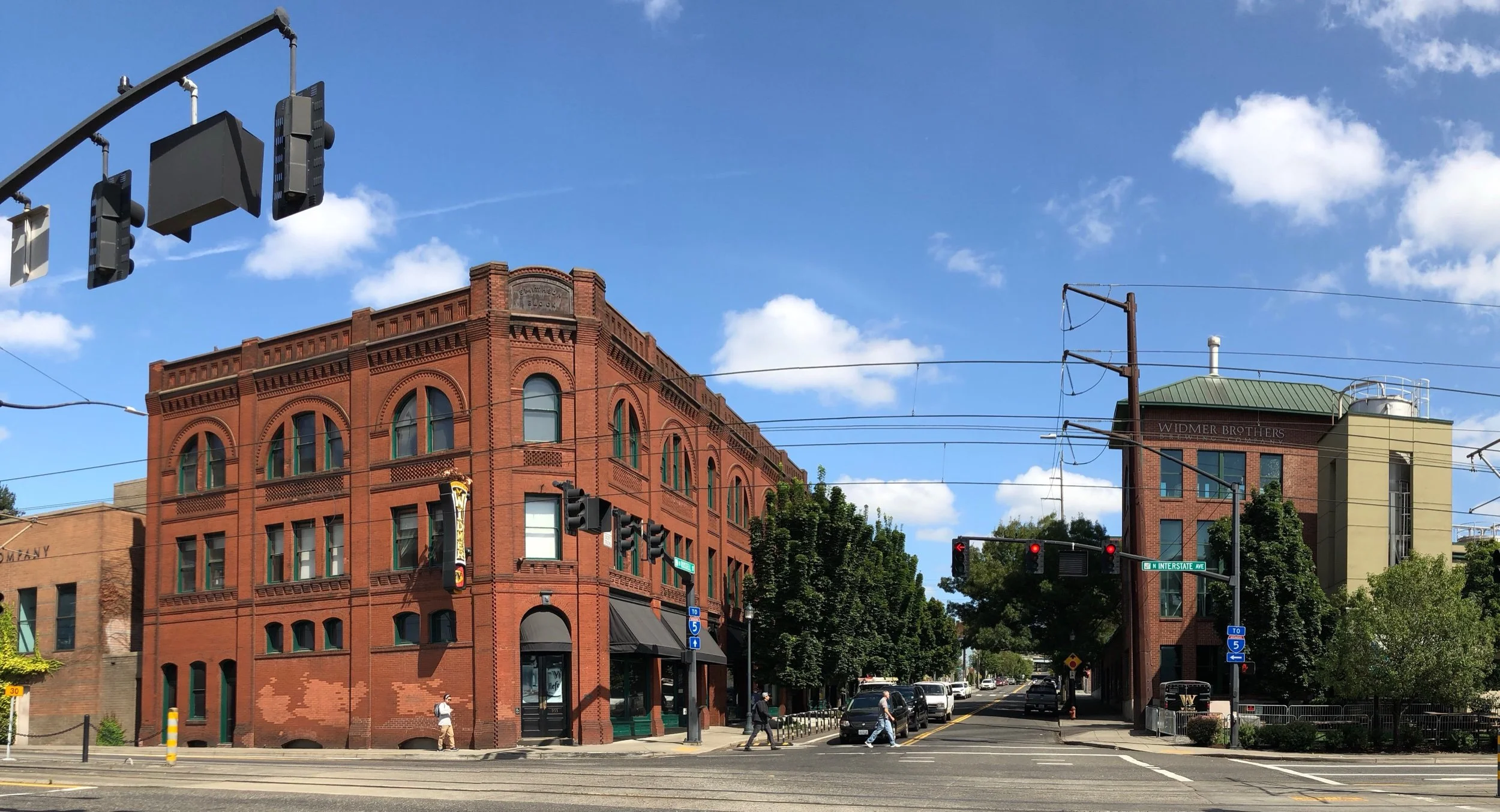

We have been seeing a tsunami of news articles about how badly the beer industry is doing. It seemed disproportionate to the actual headwinds, and at least one report out last week shows some heartening signs.